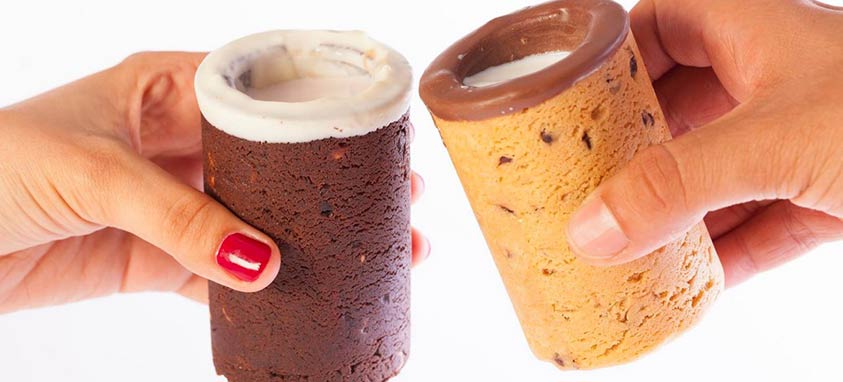Nothing caps off a business luncheon or dinner better than a spectacular dessert, which is precisely why meeting planners should stay on top of the latest dessert trends.
In a blog posting on hotelsmag.com, Sherri Scheck-Merrill reveals the dessert ideas that are peaking (mini desserts, dessert sampler plates, new takes on cheesecake and ethnic desserts), as well as ones that she believes have already had their 15 minutes of fame and are on the downtrend (cupcakes, mini bundt cakes and cronuts.)
New Dessert Trends
There are several new and exciting dessert trends that meeting professionals should be aware of. According to Scheck-Merrill, pastry chefs are experimenting with nutella, a chocolate hazelnut spread that originated in Italy. In addition, they are tantalizing taste buds with vegetable-centric desserts such as onion chocolate tarts.
But the dessert trend that the blogger finds especially intriguing is Dirty Cookies. This handcrafted confection, created in Southern California, is a new take on the perennially popular cookies with milk, and she predicts it will explode across the country. It takes the classic cookie and transforms it into an edible shot glass, which is then filled with the customer’s choice of milk from a tap.
The Dirty Cookie was invented by a startup in Tustin that has customers lining up for them at Union Market @ The District. Pastry chefs begin with chocolate chip, cookies n’ cream or red velvet cookie dough, which is shaped into a cup using a special mold. The cup is baked until hard, and then the inner wall and lip is coated with fine Belgian chocolate. The Dirty Cookie is then filled with either a traditional, chocolate or almond milk shot from a tap. The cookie is guaranteed to hold the liquid without leaking or collapsing.
On the Horizon
Scheck-Merrill reports that scientists at University of Edinburgh in Scotland have isolated a new ingredient that could be added to ice cream to make it melt slower. BsIA is a naturally-occurring protein that researchers found can bind together the air, fat and water in ice cream. It will keep the ice cream frozen longer in warm weather, prevent gritty ice crystals from forming and allow products to be manufactured with lower levels of saturated fat—which means fewer calories. The new ingredient will not affect the taste of the treat, and will actually make the texture creamier.
On a practical level this could be a boon for suppliers, who would not need to worry about keeping containers of ice cream in a deep freeze when delivering them. It will also be a blessing for hotels, which will be able to serve ice cream-based desserts without concern about them melting. It is estimated that ice cream enhanced with BsIA could be available in three to five years.
Chew on This
Scheck-Merrill points out that 99% of American consumers routinely eat dessert; 70% do so at least weekly. This represents a significant jump from the 57% who reported consuming dessert weekly three years ago. The sweet news is that dessert is clearly an important component of F&B that meeting professionals should be happy to stay on top of.





